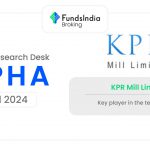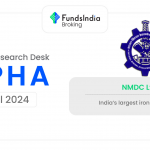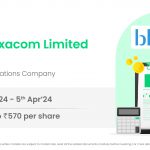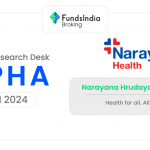This question would have arisen in the minds of all investors at some part of their investment journey. I would like to try giving a solution to this question. To start with, let’s understand what risk-seeking behaviour and risk-averse behaviour are.
Risk Seeking Vs Risk Averse
Let’s assume an investor faces two options in front of him. One, a sure outcome. Two, a chance of getting a better-expected value. If a person chooses option one, that is sure outcome over a gamble of getting the better-expected outcome, then the person has risk-averse behaviour. But if he chooses option two, he is risk-seeking.
Is it good to be Risk-Seeking or Risk-Averse?
The surprising answer is “We should be both risk-seeking and risk-averse”.
How come can we be both? To give you a larger perspective, I would like to introduce you to a pattern called “Fourfold Pattern”, from the book “Thinking, fast and slow” written by Daniel Kahneman, Nobel Laureate in economics.

I would like to concentrate on the top two quadrants of the fourfold pattern. First, we will focus on the top left quadrant. Based on the experiment conducted by Daniel Kahneman, he found people are averse to risk when there is a profit. People tend to choose and accept sure profit over a chance to achieve a bigger profit.
In the top-right quadrant, he found people are risk-seeking when there is a loss. People are not willing to cut their loss and accept a sure loss when there is a small chance of making a break-even.
People are attracted to sure profit and averse to a sure loss.
From the above pattern, we know people are not purely risk-seeking or risk-averse. They are risk-seeking in the zone of loss and risk-averse in the zone of profit.
When to be risk-seeking? And when to be risk-averse?
Now we know, we are both risk-seeking and risk-averse, depending on the circumstances. To be a successful investor, we should be risk-seeking when we are in profit and we should be risk-averse when we are in loss. If we are risk-seeking in the domain of loss and risk-averse in the domain of profit, then it is a perfect set up for failure as an investor. When we are risk-seeking in the domain of loss, a manageable loss can turn into an unmanageable loss.
So, we are neither purely risk-seeking nor purely risk-averse in nature; we are both. But we should be risk-seeking in the domain of profit and risk-averse in the domain of loss and not vice-versa.
Truth is neither black nor white. It is grey, and we should find the right kind of grey.







